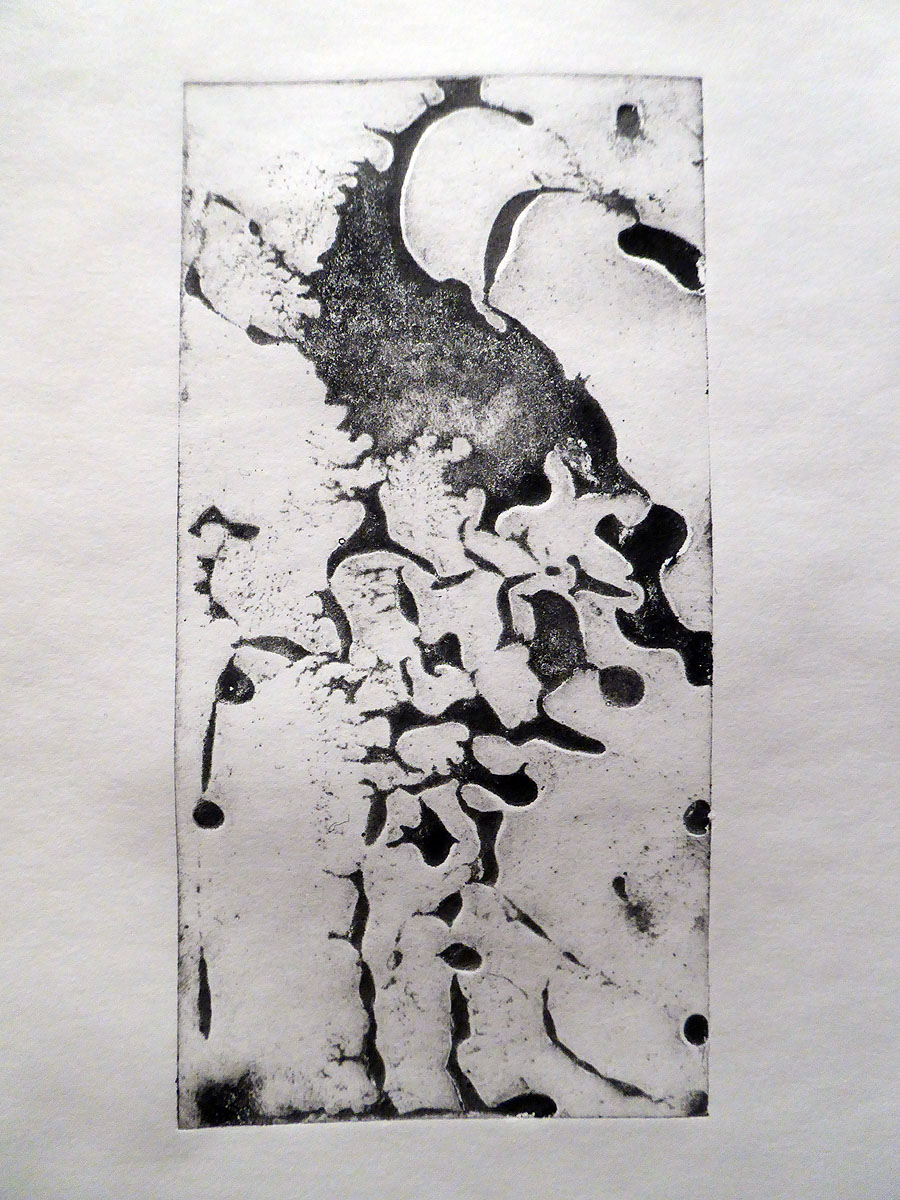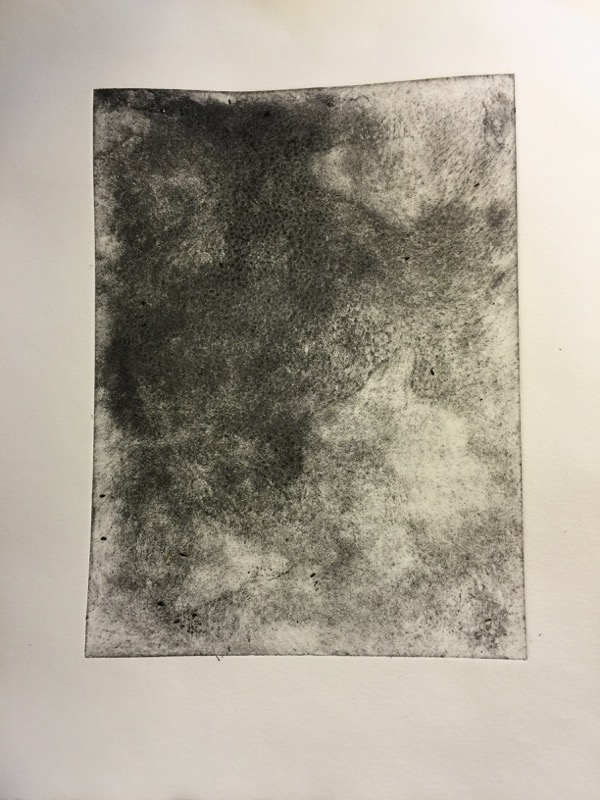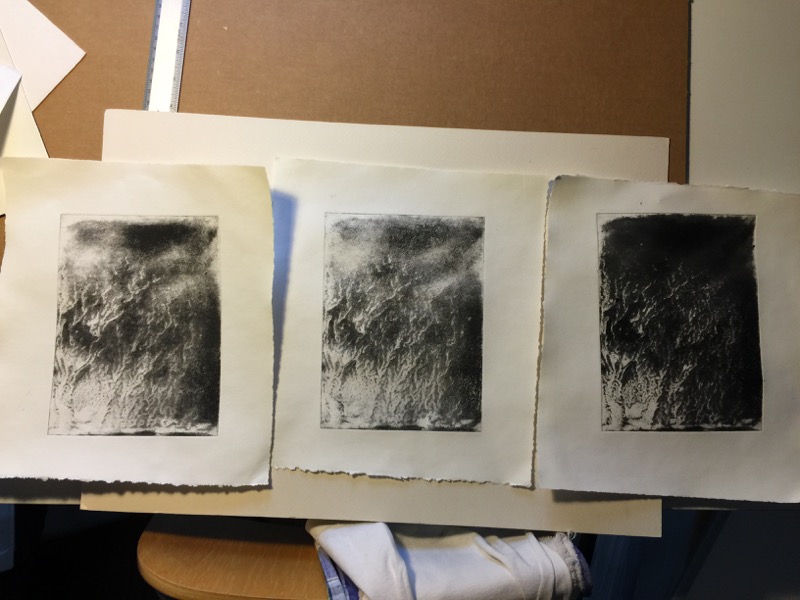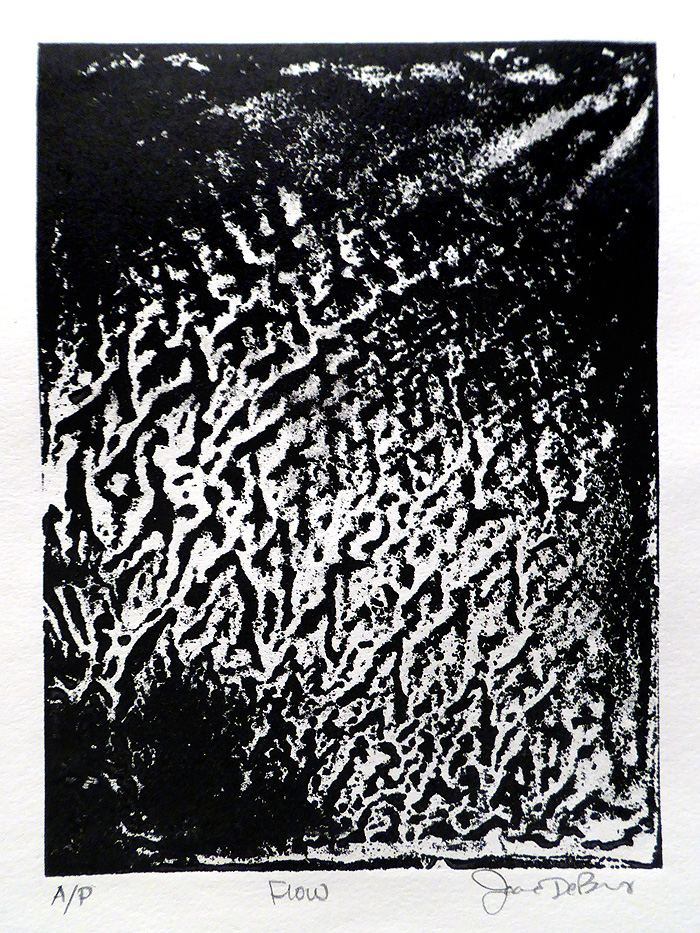prints, drawings, paintings, web development, blog posts, link to etsy shop
Printing the Un-printable
Printing the Un-printable
There's a famous anecdote about Andy Warhol I've heard many, many times. As a commercial illustrator wanna-be fine artist, the young Warhol, in looking for inspiration, was told by a friend to "paint what [you] love."
As the story goes, that's why he started painting money.
As a wanna-be fine artist, I always find myself deep in though with the same question. What should I paint? - or in my case: what should I "print." I know I've been focusing on trees for more than a year, and the best advice I've gotten on that direction came from a very respected creative friend: "Trees are your thang, keep doing it." But I have to say that I don't "do trees" because I love them. I do trees because I've been accidentally finding stunning amounts of color and depth in local tree-filled landscapes. They continue to present me with challenges to overcome with linoleum and ink and paper. The offshoot may very well be that there's an inherent beauty in them. (But will they sell? It remains to be seen.. only two so far.)
However... as 2015 drew to a close, there were many things I was growing tired of and needed to change (which may sound familiar to those who read my Disaster Magnet blog). I'd been contemplating the bugaboo question: what comes after this [after trees]?
And fortunately (again, for those who read my DM blog), I have had an enormous amount of time to contemplate this during long hours in the pool. I've also had some time to contemplate it while experimenting with those collagraphs (read the previous article). I was having what only can be described as a multifaceted self-revelatory upheaval. 14 years of triathlon and the realization that swimming was my "forever" sport - and also that it provided new challenges and a way forward from the boredom.
In my head, I recalled the Andy Warhol query: "what DO I love?"
The answer?
Water. The ocean.
It would be difficult to explain to anyone who hasn't had my experiences what the ocean means to me. And it's not just the ocean, but large bodies of water in general. I found out myself only by accident. In 1996, I spent a year living in Columbus, Ohio, while my husband did course work for his PhD at Ohio State University. I was deeply unsettled during this time - for no obvious reason - and the longer we lived there, the worse it got. When we moved back to Cleveland, the feeling evaporated, and I felt like I could breathe again. It was the strangest thing. As a New Englander, the Midwest had always been a foreign country to me, but suddenly I found myself loving Cleveland for the first time in the 10 years I'd been here. I spent more than a year asking myself why. What happened in Columbus? My conclusion? Columbus had me land-locked. No big water. Cleveland is on the shore of Lake Erie - which might as well be a sea. And with it came my sanity.
I am at home in the water. Remember the last scene in the movie The Perfect Storm? I think I was the only person in the cinema who didn't cringe in horror. Seriously. My reaction to that scene was more like Ray Liotta in Field of Dreams: "Is this heaven?"
Film references aside, I had to ask myself a question: how do I print water? Do I print/paint scenes of water? Or do I print water itself? And that's what emerged from my experimentation with collagraph printmaking. If couldn't "print" water, but I could print the effect of water on something else. The concept became visual and I started experiementing with water and it's movement of carborundum on a printmaking plate. And then sand - which seemed even more appropriate.
Here's the first of the carborundum-and-water experiments on a plastic plate - I just let it do whatever it was going to do:

Then I started working with sand and water:


At first, I tried to print everything with the intaglio method - because it seemed to be the accepted way to print collagraphs. But the more I experimented, the harder it got, and the prints were just NOT coming out the way I envisioned. I tried different inking methods. Different wiping methods. Different paper-wetting times. Nothing seemed to work. All I got was a big gray mess with smudges where the detail should be:


I almost gave up, then decided to try making them relief prints. And here's what happened:


Now, it seemed, FINALLY, I was getting somewhere.
